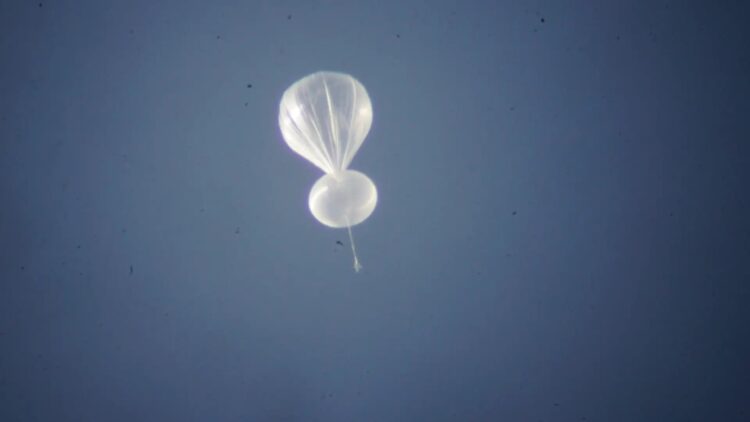A tethered balloon has recently taken to the skies over Africa, raising eyebrows and questions about its implications. Altaeros, a Boston-based startup, has partnered with blockchain-based telecom provider World Mobile to deploy autonomous aerostats for Internet coverage in Zanzibar. As these balloons become more prevalent, their presence evokes a slight sense of unease, reminding us of the thin line between innovation and the unknown.
Aerostats explained: A new solution that bridges the Internet access gap
Altaeros has secured $7.5 million from Softbank Group to expedite the launch of its SuperTower project, which aims to provide broadband wireless Internet access to rural areas. This funding builds on SoftBank’s earlier investment of $7 million in 2014, highlighting the company’s commitment to clean technology and potential synergies with its telecommunications initiatives.
According to Altaeros co-founder Adam Rein, the SuperTower aerostat operates at an altitude of 800 feet, providing telecoms with a cost-effective way to expand LTE and future 5G networks. It boasts deployment at “up to 70% lower cost, in half the time, and with significantly lower energy” compared to traditional towers.
The SuperTower’s helium-filled, tethered design differentiates it from Google’s Project Loon and Facebook’s Aquila, which utilize high-altitude balloons and solar-powered planes, respectively. Rein emphasizes that the aerostat “uses the same radios and antennas and permitting frameworks.” As such, it integrates seamlessly into existing telecom networks, making it “just another tower type” for carriers.
Carrying a payload of 660 pounds and able to withstand wind speeds of up to 63 miles per hour, each SuperTower covers an area equivalent to 30 traditional towers. This capability enables high-bandwidth activities such as video streaming, thanks to its fixed connection to the ground via conductive tethers.
Aerostats in Africa: Balloons poised to connect remote areas together
In Zanzibar, Altaeros plans to provide connectivity by deploying its solar-powered aerostats, which are capable of covering over 3,080 square miles. The initial rollout will include 20 local WiFi nodes, eventually expanding to 120 sites in the future. This will cover approximately 75% of Unguja Island in the African nation.
World Mobile, a blockchain-based telecoms provider known for its decentralized mesh network, will collaborate with Altaeros to support this initiative.
Together, they plan to provide Internet access through these aerostats, which can autonomously reposition themselves based on wind conditions. Each air node can reportedly accommodate between 500 and 700 users.
Concerns over privacy, surveillance, and security heightened by balloons
While this deployment promises to bring major advancements in Internet connectivity to underserved regions, it also raises concerns regarding privacy, surveillance, and data security.
Concerns about surveillance and privacy are increasingly relevant as technology evolves. The sight of these balloons floating in the skies may invoke feelings of being watched, highlighting the potential for misusing such advanced connectivity solutions. As we embrace these innovations, it’s important to remain cautious about their societal implications.
Moreover, although Altaeros is exploring various applications for its tethered balloons beyond telecommunications—such as disaster relief and environmental monitoring—Rein acknowledges that these aerostats require large crews for deployment and handling.
“Traditional aerostats are surprisingly labor-intensive to operate,” he explains. “They require large crews to manually handle the lines whenever they want to launch or recover a system. The cost of keeping this crew on call has limited aerostats to mostly defense and government applications.”
All in all, while Altaeros and World Mobile’s efforts to improve connectivity in Africa offer exciting opportunities, these tethered balloons also stir unease. While they could transform communication in underserved regions, we must remain vigilant regarding the implications of such technology. Here’s hoping progress will reign as these balloons take flight.

